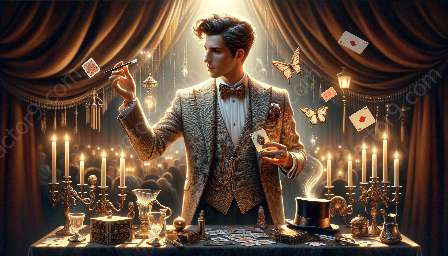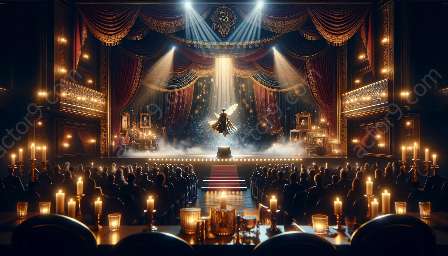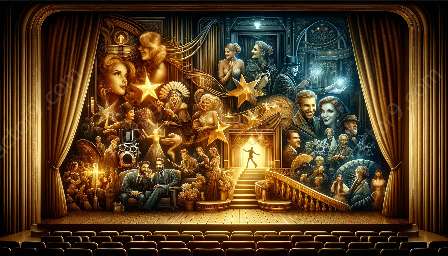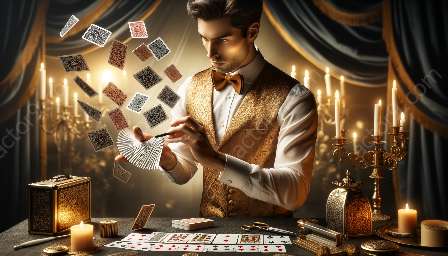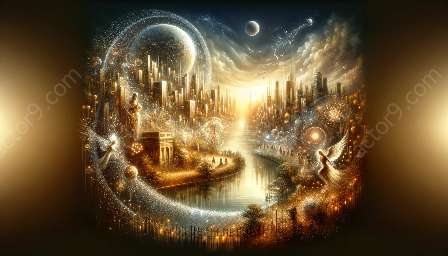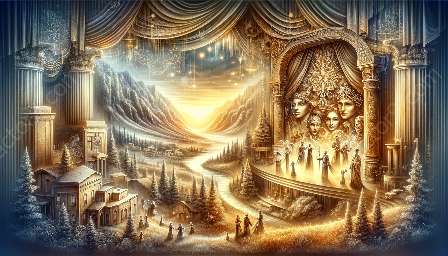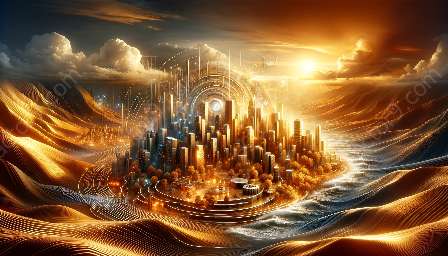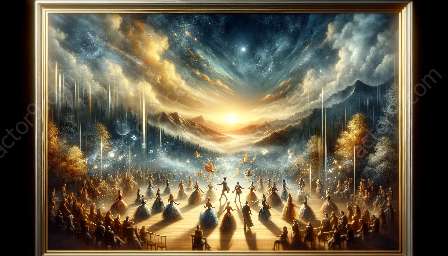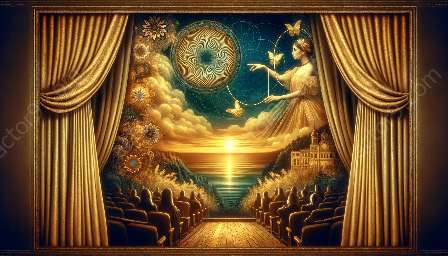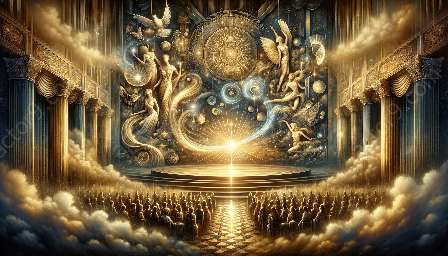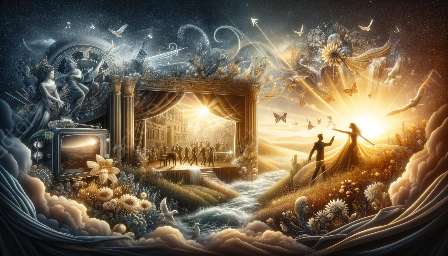Magic and illusion have long been intertwined with popular culture and historical events. From ancient myths and legends to modern entertainment, the impact of magic and illusion can be seen in various aspects of human society. This comprehensive topic cluster explores the intriguing connections between magic and illusion in popular culture and historical events.
Magic and Illusion in Popular Culture
The fascination with magic and illusion in popular culture is deeply rooted in human history. Throughout the ages, people have been captivated by stories of magicians, sorcerers, and tricksters who wield mysterious powers and perform seemingly impossible feats. These captivating tales have been passed down through generations, shaping popular culture and inspiring countless works of art, literature, and entertainment.
One of the most enduring examples of magic in popular culture is the legend of King Arthur and the wizard Merlin. The tales of Camelot and the Knights of the Round Table are steeped in magic and mysticism, captivating audiences for centuries. The enduring popularity of these stories has led to numerous adaptations in literature, film, and television, further solidifying magic's place in popular culture.
In modern times, magic and illusion continue to enthrall audiences through various forms of entertainment. Magicians and illusionists perform awe-inspiring tricks and illusions, mesmerizing spectators with their seemingly supernatural abilities. Television shows, movies, and video games often feature characters with magical powers, adding an element of wonder and excitement to popular culture.
Magic and illusion have also made a significant impact on the art world, inspiring artists to explore themes of mystery, enchantment, and the supernatural. Paintings, sculptures, and other forms of visual art often incorporate magical elements, captivating viewers and sparking their imaginations.
The Historical Significance of Magic and Illusion
Throughout history, magic and illusion have played pivotal roles in shaping cultural and historical events. In many ancient civilizations, rituals involving magic and illusion were integral to religious practices and communal gatherings. These mystical rites often served as a form of entertainment, as well as a means of conveying spiritual significance.
One striking example of the historical significance of magic and illusion is the era of court magicians and illusionists who entertained royalty and nobility. These talented performers were not only entertainers but also advisors and confidants to powerful figures, influencing political decisions and social dynamics through their mastery of magic and illusion. Their influence transcended mere entertainment, leaving a lasting impact on historical events.
Additionally, the use of illusions and sleight of hand has been documented in various historical events, including warfare and espionage. The art of deception and misdirection, often associated with magic, has been employed as a strategic tool in military tactics and intelligence operations, demonstrating the practical applications of magic and illusion in shaping historical outcomes.
The enduring fascination with magic and illusion in historical events is evident in the numerous accounts of miraculous or unexplainable occurrences that have shaped cultural narratives and historical records. Whether as a form of religious mysticism, theatrical entertainment, or strategic manipulation, magic and illusion have left an indelible mark on the course of history.


